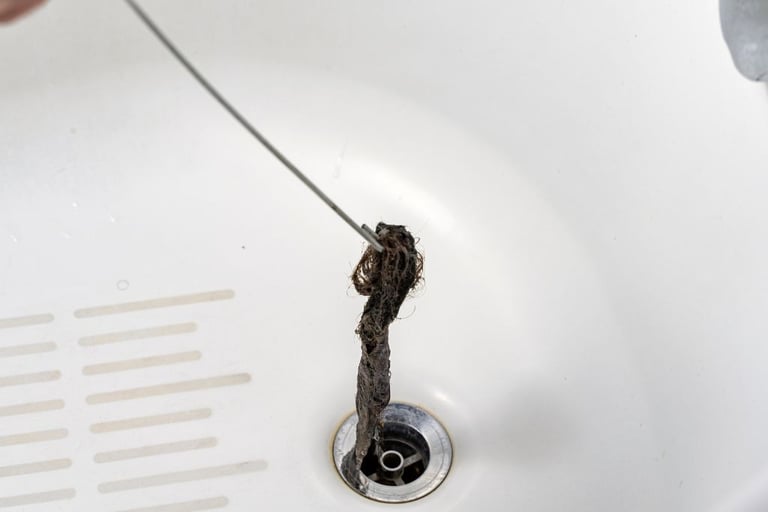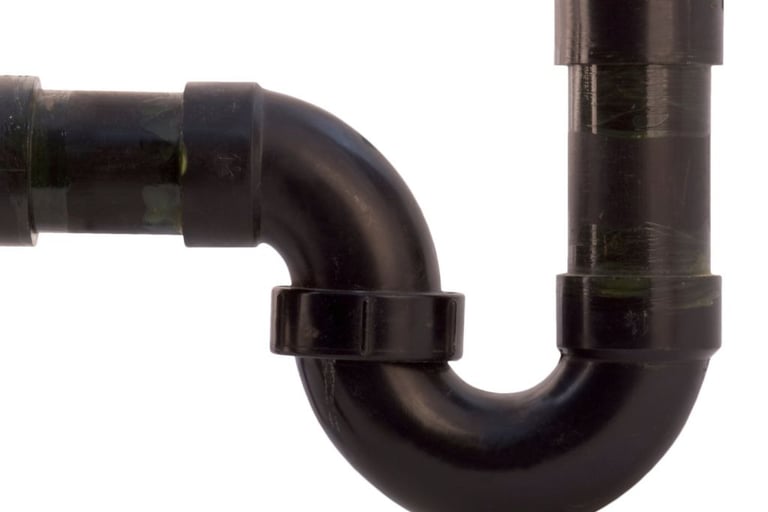How to Get Rid of Small Flies in Your Bathroom
"Struggling with tiny flies in your bathroom? Let Pest Sensei help you identify the culprits and share proven methods to eliminate them for good.
Chan, H.H.


Are you constantly battling tiny flies in your bathroom? No matter how much you clean, they keep coming back, making your space feel unhygienic. These flies, usually drain flies or phorid flies, thrive in hidden breeding grounds like clogged drains and damp corners. If you want a lasting solution, this guide will help you identify the culprits and eliminate them effectively.
Understanding Bathroom Flies: Identifying the Culprits
Before taking action, it’s important to know what you’re dealing with. Most bathroom fly infestations involve two common types: moth flies (drain flies) and phorid flies.
Moth Flies (Drain Flies)


Moth flies, also called drain flies, are small, hairy insects with a fuzzy, moth-like appearance. Their larvae live in the organic film lining drain pipes, feeding on bacteria and debris. These maggots have a breathing tube that lets them survive in the sludge, making them tough to eliminate with surface cleaning alone.
While moth flies don’t spread diseases, they can trigger asthma symptoms in some people. Left unchecked, they reproduce quickly, turning into a persistent nuisance.
Phorid Flies/ Scuttle Flies


Phorid flies, also known as humpback flies or scuttle flies, are slightly different in behavior. Instead of flying immediately when disturbed, they scuttle around—hence their nickname, scuttle flies. Their larvae thrive in organic matter, including drain sludge, cracked tiles, plumbing traps, and even damp mop heads.
If you notice small flies crawling around instead of flying, you’re likely dealing with phorid flies.
7 Proven Ways to Eliminate Bathroom Flies
The key to getting rid of these pests is targeting their breeding grounds. Here’s how you can do it:
Deep Clean the Drain Pipes
Bathroom drains are the primary breeding spots for these flies. Hair, dead skin, and other organic debris accumulate over time, creating the perfect environment for larvae. Even if it looks clean, a biofilm can form inside the pipes, sustaining these pests.
How to check if your drain is the problem:
Seal the drain with tape overnight.
Check the tape the next day—if you see flies stuck to it, your drain is the source.
How to clean the drain:
Use a drain brush to scrape off debris.
Install a Pest-Proof Floor Trap
Since flies emerge from drains, installing a pest-proof floor trap or drain cover can block them. This device allows water to flow through while preventing pests and bad odors from escaping.
Clean the Plumbing Trap
Many homeowners assume plumbing traps (U-bends) are too wet for fly larvae to survive. But maggots can thrive in the sludge that builds up over time. Cleaning the plumbing trap prevents larvae from developing.




Keep Mops and Brooms Dry
Mop heads and brooms that stay damp can become unexpected breeding spots. Store them upright to dry properly, and avoid leaving them in standing water.
Fix Broken Tiles and Grout
Cracked tiles and damaged grout trap moisture and organic debris, creating perfect conditions for fly larvae. Repairing these gaps removes hidden breeding spots.
Check Indoor Planters
If you keep plants in your bathroom, stagnant water in planter boxes can encourage small fly infestations. Ensure good drainage and avoid overwatering.
Use Fragrances to Mask Odors
Flies are attracted to unpleasant smells from drains and damp areas. While using air fresheners, potpourri, or essential oils won’t eliminate the flies, it can help reduce attraction while you address the root causes.
Ineffective Remedies You Should Avoid
Not all DIY methods work. Here are some common solutions that fail to address the real problem:
Hot Water – It drains too quickly to kill maggots hidden in the organic film.
Bleach – It reacts with debris, producing harmful fumes, but doesn’t penetrate deep enough to kill larvae.
Essential Oils – They only mask odors and don’t eliminate the infestation.
Vinegar – While sometimes suggested as a fly repellent, it can actually attract fruit flies, making things worse.
When to Call a Professional
If the infestation persists despite cleaning, the problem could be deeper within your drainage system. Pest Sensei specializes in identifying and eliminating fly infestations at the source. Contact us today for expert pest control solutions tailored to your home!
Pest Sensei
Expert pest control solutions for your needs in Johor Bahru and surrounding areas.
© 2025. All rights reserved.
Powered by Solbright
